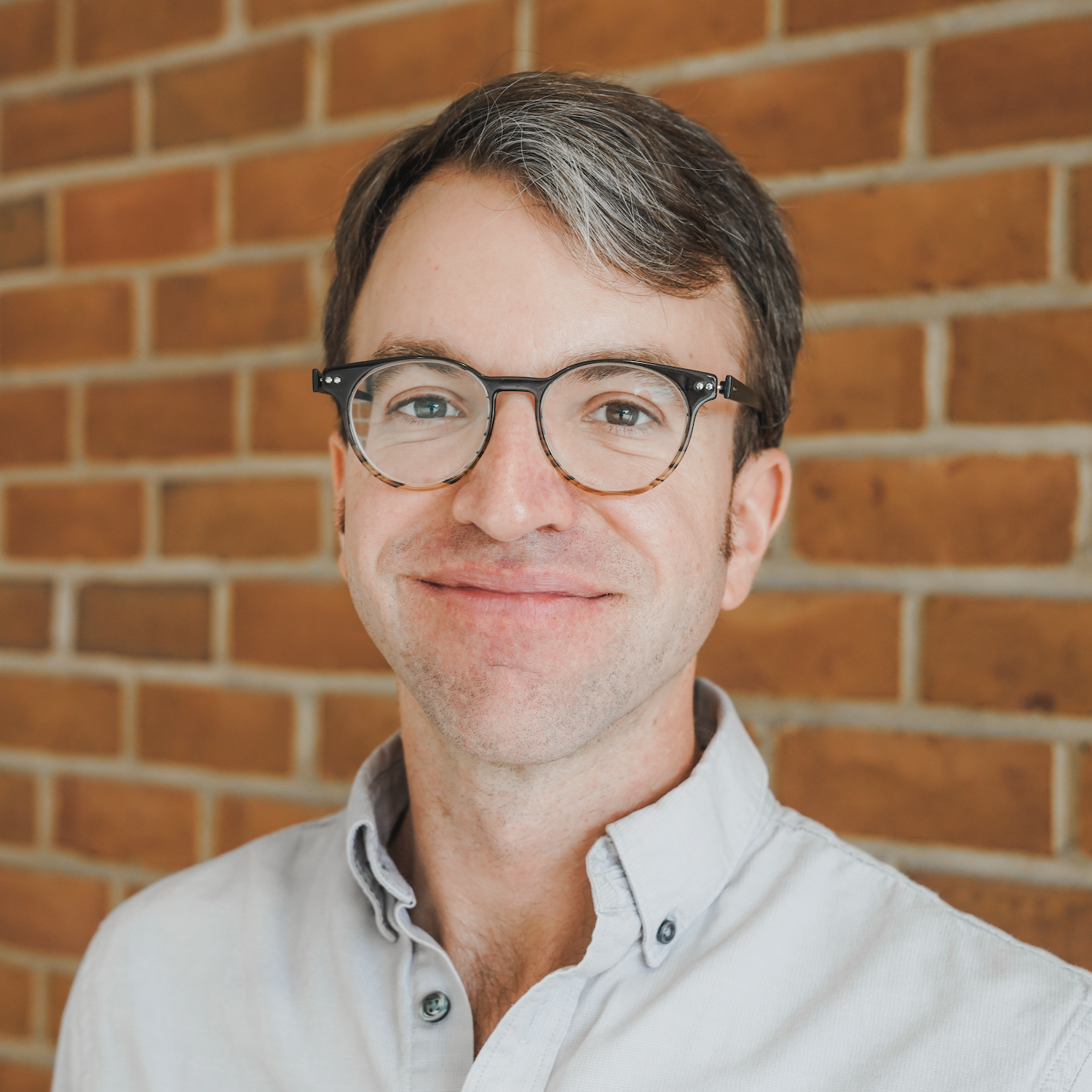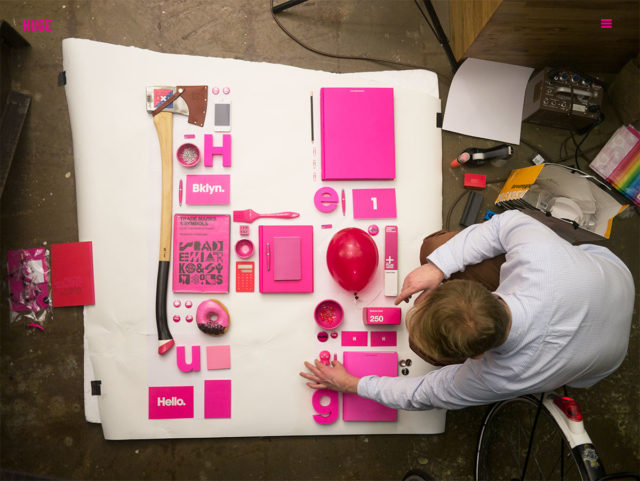The intersection of fashion and technology is present in Baltimore’s biggest company, but they didn’t start out huge.
“You don’t have to be as big as Under Armour to make an impact,” said LaKisha Greenwade, a personal brand strategist who goes by Coach L.
With last weekend’s Glam Tech expo, Coach L brought the large and small together in event form. Attendees had a taste of what the huge company was up to at the Under Armour Performance Center on Friday night. On Saturday, they got a look at other entrepreneurs down the street from UA’s headquarters in a Knights of Columbus hall in Locust Point.
The Glam Tech expo, which Coach L hopes to expand beyond Baltimore, provided a look at wearable technology, and insights into how the fashion and tech worlds are influencing each other. After all, they’re both about spotting the future before it arrives.
Thematically, featured speaker Ty Hunter dove into that space between the present and future with a topic of transitions. Taking on the topic from a personal level, Hunter talked about how he went from working on artificial heart valves to become Beyonce’s stylist.
Most recently, Hunter became a tech entrepreneur with the Ty-Lite, a smartphone case that provides lighting to up the quality of a selfie. He said he came up with the idea after he was asked where he would go next from being Beyonce’s stylist.
“We should never settle for that one spot. It’s OK to have goals,” he said. “Something you think is a hobby could be your next chance.”
A panel discussion explored wearable technology from a business perspective, with representatives from textiles like Sew Lab’s Jeremiah Jones and MICA professor Olivia Robinson. Shawntera Hardy of Minnesota-based Civic Eagle and Yet Analytics cofounder Rose Burt spoke of tech startups’ efforts, and designer Jordan Matthews.
The idea of starting as a small business is inherent — whether building software or a fashion line — and the panelists were adamant about creating pathways into the business community.
Jones spoke about the importance of building an environment to encourage maker-focused small businesses, and said creating internships and apprenticeships were especially important in industries where it’s necessary to learn by doing. Burt identified Station North maker spots like the Station North Tool Library and Baltimore Print Studios, as well as tech incubators like the Emerging Technology Centers and Betamore.
Speaking to the emergence of wearable technology, the panelists provided the following keys:
- It’s integrated into everyday life. Wearables are a prime example of technology that is shaped by people’s use, rather than the other way around. Burt talked about how wearables signal more personalization in technology, and designs that make it more usable. “You can’t just stick a cellphone on your pants and call it a wearable,” she said. Robinson also gave voice to the the issues inherent within this emerging sector, such as whether it would be accessible to all, and what makes it usable.
- It’s more adaptive to environmental conditions. On one hand, wearables can influence how a person interacts with the environment, whether it is collecting data or making something safer. And that has to change along with society. Take the environment itself. “Air quality and environmental impact is changing, so our technology is going to have to change with that,” Jones said.
Later in the day, fashion and tech were physically interwoven, as MICA’s Robinson led a workshop on Soft Circuits. Matthews also showed off some of her most illuminating fashion during a runway show after lunch.
#wearabletech at #glamtech #bmore pic.twitter.com/7Oo9diLwGq
— Rose Burt (@RoseHammerBurt) March 19, 2016
Across town, another chance for hands-on learning was happening at the St. Francis Neighborhood Center in Reservoir Hill. On the rainy afternoon, about a dozen kids worked to outfit mannequins digitally on the center’s computers.
Among the organizers was Matthew Ramirez of the dev and design firm Digital Marauders, who travelled from New York for the event. As the kids worked, he took a moment to talk about how educating city kids now could lead to more diversity in the industry in the future.
“It’s a just a matter of giving people resources. If you give somebody the opportunity, they’re going to take it, in any way shape or form,” he said.
Before you go...
Please consider supporting Technical.ly to keep our independent journalism strong. Unlike most business-focused media outlets, we don’t have a paywall. Instead, we count on your personal and organizational support.
Join our growing Slack community
Join 5,000 tech professionals and entrepreneurs in our community Slack today!








